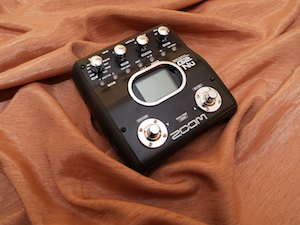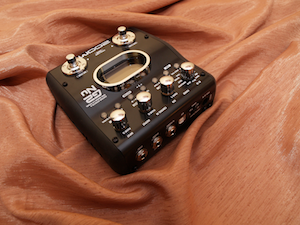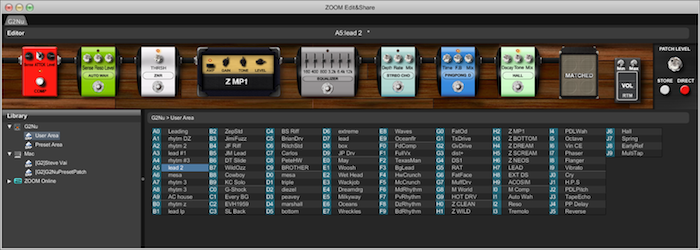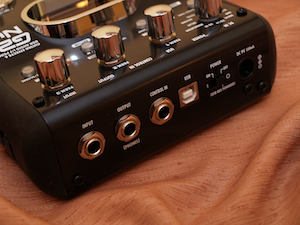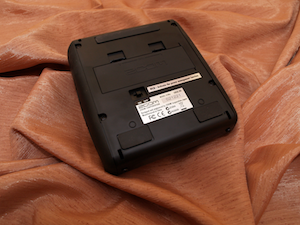Articles
ZOOM G2Nu guitar effects processor review
Features 9/10
Features:
- USB audio interface functionality, 16-bit, 32/44.1/48kHz
- USB editing via ZOOM EDIT & SHARE software (free download from ZOOM website)
- 30 amps/stompboxes
- 83 guitar effect types
- Runs on batteries/AC power/USB power
- 6.5 hours of continuous use on 4 AA/L6R alkaline batteries
- Power saving "eco" function
- External expression pedal connectivity
- 5 second looper
- Built-in chromatic tuner
- Built-in drum machine
- Bundled with Cubase 5 LE
This unit has pretty much everything. You can tune your guitar, practice with drum beats, jam along with yourself using the looper functionality, use computer for editing patches and recording, and connect additional expression pedal to control wah and volume effects. It runs also on battery and USB power. It has a power saving functionality that endures battery life when the unit is turned on but there's no guitar signal.
It's possible to turn direct monitor off in the G2Nu and use it with guitar plugins, although its round trip latency is not that low (OS X - 10.34ms @ buffer size of 64 samples, Windows 7 - 142ms @ buffer size of 132 samples).
Sound quality 7.5/10
First impressions are good. It sounds dynamic, bright and has some nice details in amp models. There are some cons, though. Noise gates cut the signal too much even at lowest threshold settings. Cabinet simulations sound decent, but there's always more or less reverb in their sound that's impossible to get rid of.
What I didn't like about it is that it's impossible to use both distortion and amplifier modules at the same time. It's either amp or distortion. Luckily there's at least a booster that you can use in front of an amp. It sounds a little bit like a Tube Screamer.
The G2Nu works well with computers. It sounds good for music listening purposes and it allows recording. Unfortunately recording bit depth is limited to 16-bit - it's a shame that there's no improvement over older USB ZOOM units. Recorded it doesn't sound as good as Digitech RP155. It has more detailed amp models, but I guess it lacks some smoothness.
It takes the G2Nu 0.453-0.702ms to process guitar signal, depending on preset. That's a fantastic result.
Ease of use 8/10
This ZOOM is really easy to operate. It reacts quickly and thanks to bigger display it's more convenient in use than its previous versions.
There's no master volume knob to control both guitar tone and computer audio levels. You can set individual patch levels and USB audio streaming level in your OS.
The EDIT & SHARE application works smoothly and it's intuitive. It launches automatically when you connect the unit to an USB port.
Price 8/10
The ZOOM G2Nu seems to have less features than the Digitech RP155 and its priced a bit higher, but it's also a bit different product. It's more mobile because it can be powered by batteries and USB power. It's small. Its chassis is durable. Footswitches seem to be built to last forever. Large display makes it easy to tweak sounds. On the other hand there are less outputs, there's no such quick way to set balance between guitar tone and computer audio levels as there is in the Digitech, recording is limited to 16-bit and you can't combine distortion units with amps.
Advantages
Drawbacks
Product page on www.zoom.co.jp
«Back to Articles








